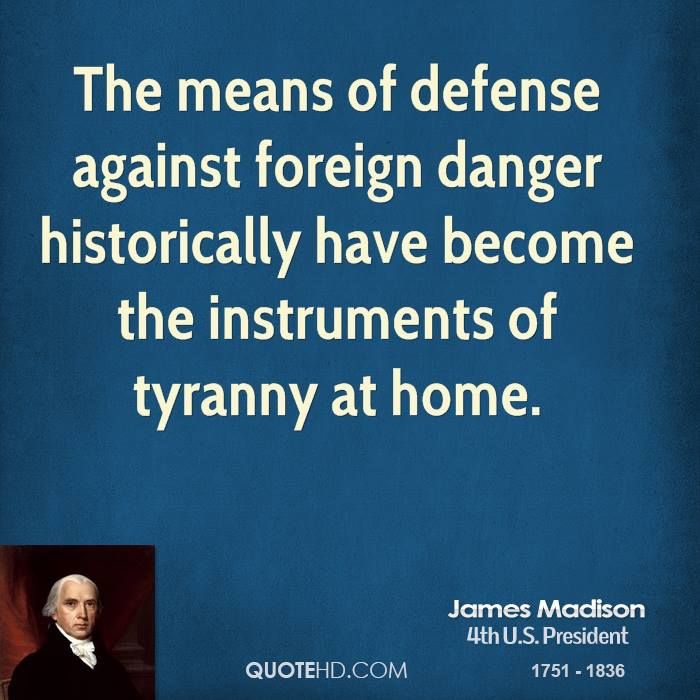The Origin of Student Debt: Reagan Adviser Warned Free College Would Create a Dangerous “Educated Proletariat”
In 1970, Ronald Reagan was running for reelection as governor of California. He had first won in 1966 with confrontational rhetoric toward the University of California public college system and executed confrontational policies when in office. In May 1970, Reagan had shut down all 28 UC campuses in the midst of student protests against the Vietnam War and the U.S. bombing of Cambodia. On October 29, less than a week before the election, his education adviser Roger A. Freeman spoke at a press conference to defend him.
Freeman’s remarks were reported the next day in the San Francisco Chronicle under the headline “Professor Sees Peril in Education.” According to the Chronicle article, Freeman said, “We are in danger of producing an educated proletariat. … That’s dynamite! We have to be selective on who we allow [to go to college].”
…
In retrospect, this period was the clear turning point in America’s policies toward higher education. For decades, there had been enthusiastic bipartisan agreement that states should fund high-quality public colleges so that their youth could receive higher education for free or nearly so. That has now vanished. In 1968, California residents paid a $300 yearly fee to attend Berkeley, the equivalent of about $2,000 now. Now tuition at Berkeley is $15,000, with total yearly student costs reaching almost $40,000.
…
That brings us to today. Biden’s actions, while positive, are merely a Band-Aid on a crisis 50 years in the making. In 1822, founding father James Madison wrote to a friend that “the liberal appropriations made by the Legislature of Kentucky for a general system of Education cannot be too much applauded. … Enlightened patriotism … is now providing for the State a Plan of Education embracing every class of Citizens.”
“Knowledge will forever govern ignorance,” Madison explained, “and a people who mean to be their own governors must arm themselves with the power which knowledge gives.” Freeman and Reagan and their compatriots agreed with Madison’s perspective but wanted to prevent Americans from gaining this power. If we want to take another path, the U.S. will have to recover a vision of a well-educated populace not as a terrible threat, but as a positive force that makes the nation better for everyone — and so should largely be paid for by all of us.



You must be logged in to post a comment.